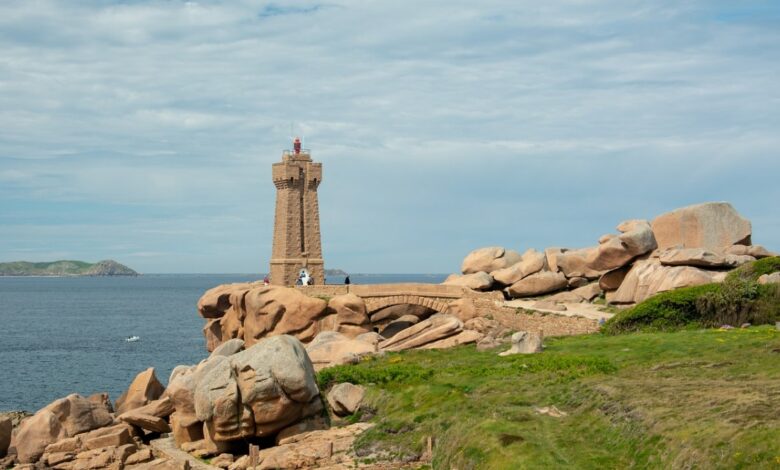Ancient 2,600-year-old inscription in Turkey finally decoded

A 2,600-year-old inscription engraved on a monument in Turkey known as Arslan Kaya or ‘lion rock’ has been deciphered, according to research by Professor Mark Munn of Pennsylvania State University. This ancient sculpture, which has suffered significant damage from weathering and looting, contains references to Materan, a goddess worshiped by the Phrygians, an ancient civilization that flourished in the region between 1200 and 600 BC. Materan, often referred to simply as ‘the Mother’, became central to Phrygian religious beliefs.
Monument details and historical significance
The Arslan Kaya Monument is decorated with images of lions and sphinxes, symbols of strength and protection in Phrygian culture. The name Materan, deciphered through careful analysis of the damaged inscription, appears next to an image of the goddess. Materan was later revered by other cultures, known as “Mother of the Gods” by the Greeks and as “Magna Mater” or “Great Mother” by the Romans.
At the time the inscription was made, the region was under the influence of the Lydian kingdom, which also held Materan in high esteem. The inscription, which is believed to have been part of a longer text, may have detailed the commissioning party and explained the meaning of the goddess.
Challenges in deciphering the inscription
The text has been the subject of scholarly debate for more than a century. Munn used detailed photographs and historical photographs records to summarize its significance, noting that optimal lighting played a crucial role in capturing the monument’s details on April 25, 2024.
Rostyslav Oreshko, lecturer at the Practical School of Advanced Studies in France, told Live Science that Munn’s work confirms earlier readings from the 19th century, which identified the name Materan. Nevertheless, Oreshko emphasized that the study solidifies previous interpretations rather than offering entirely new insights.
The deciphered inscription sheds light on the enduring cultural significance of Materan and highlights the influence of the Phrygians on later civilizations.




